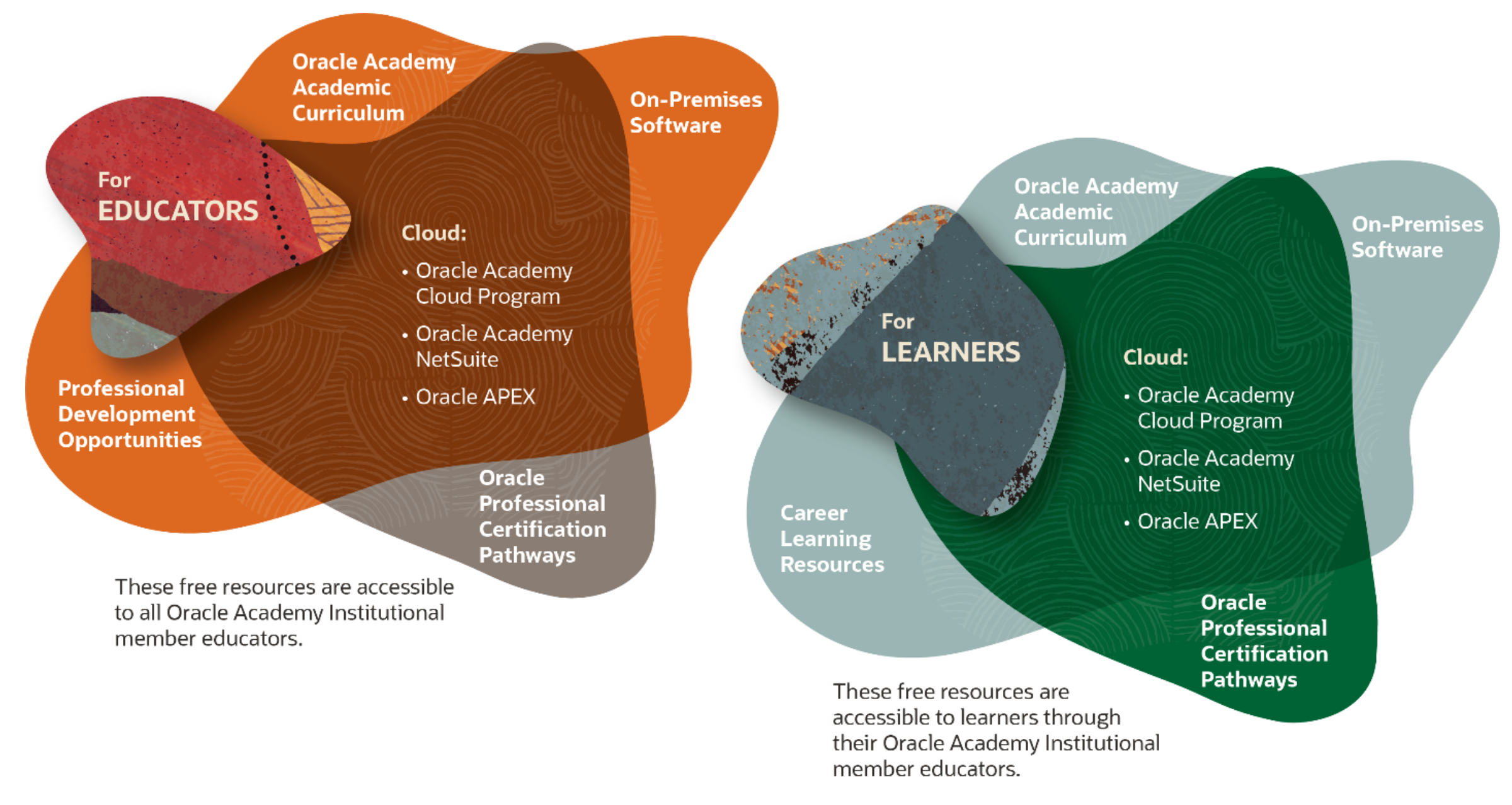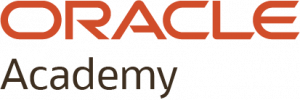 As Oracle’s global philanthropic educational program, Oracle Academy is open to educators around the world to advance technology education, skills, innovation, diversity and inclusion. We offer academic institutions and their educators free teaching and learning resources ― including curriculum, cloud, software, and educator professional development ― that help prepare millions of students with hands-on practice and career-relevant skills.
As Oracle’s global philanthropic educational program, Oracle Academy is open to educators around the world to advance technology education, skills, innovation, diversity and inclusion. We offer academic institutions and their educators free teaching and learning resources ― including curriculum, cloud, software, and educator professional development ― that help prepare millions of students with hands-on practice and career-relevant skills.
In my role as Sr. Regional Director for North America, I have the opportunity to work with Career Technical Education (CTE) leaders from all over the nation ― learning, sharing ideas, celebrating successes, and understanding challenges. In return, I share information on Oracle Academy teaching and learning resources that CTE leaders can encourage educators to use to help elevate CTE student success and overcome those challenges. Our resources have met the requirements under the Carl D. Perkins Act since 2006, and states have adopted our teaching and learning resources for use in professional development and curriculum design.
Learn more about us below!
As a means to continue the good work of preparing students with career-relevant knowledge and skills, Oracle Academy has developed new resources and tools that are available to Oracle Academy members:
- The introduction of Oracle Academy Java for AP Computer Science A Curriculum that prepares high school students for the College Board AP Computer Science A exam as well as the Oracle Certified Foundations Associate, Java exam (1Z0-811). An extension of the Java Foundations curriculum, this new curriculum includes content to meet the objectives outlined by the College Board for AP Computer Science A. It also may benefit educators and students who wish to extend their Java knowledge beyond Java Foundations.
- Every journey begins with a first step. My Oracle Academy (OA) Journeys are a starting point for new and existing educator members to grow their technology education expertise. My OA Journey will point educator members in the right direction through precise questioning to determine which OA teaching resources will support their needs. Access My OA Journey in the Oracle Academy Member Hub.
- Development of an Oracle Academy Scheduled Learning Widget, conveniently located in the Oracle Academy Member Hub, allows for just in time learning for educators. The new Scheduled Learning Widget will provide all educator members with easy access to scheduled support topics, including “Office Hours” and “Getting Started With” enablement events.
- In addition to our Scheduled Learning Widget, Oracle Academy members can design their own CPD learning by adding Oracle Academy full curriculum courses to a learning channel they create in the Oracle Academy Member Hub. The full curriculum have associated CPD credit hours assigned to them, so Oracle Academy faculty members simply identify desired content and add to their custom learning channel to get started!
At Oracle Academy, we understand and value CTE leaders and educators as collaborators and partners. In North America, we engage with hundreds of educational institutions, offering teaching and learning resources to support CTE student success.
Learn more at www.academy.oracle.com.
Denise Hobbs, Senior Regional Director, Oracle Academy North America
denise.hobbs@oracle.com


 The past few years have brought immense change to the economic mobility landscape. While some Americans experienced record high gains in the stock market, millions more experienced unemployment, eviction, and personal financial setbacks with potentially long-term effects. Bearing the brunt of these economic shocks were people of color and women, groups that have long been excluded from access to economic opportunities.
The past few years have brought immense change to the economic mobility landscape. While some Americans experienced record high gains in the stock market, millions more experienced unemployment, eviction, and personal financial setbacks with potentially long-term effects. Bearing the brunt of these economic shocks were people of color and women, groups that have long been excluded from access to economic opportunities.

 We offer several resources to support state CTE leaders in leveraging CTE programs to develop learner experiences and pathways in energy careers. . In addition, some states have a specific energy Career Cluster devoted to preparation for this sector. CTE also provides opportunities to earn stackable certificates, industry-recognized credentials, and degrees as outlined by the Center for Energy Workforce Development’s
We offer several resources to support state CTE leaders in leveraging CTE programs to develop learner experiences and pathways in energy careers. . In addition, some states have a specific energy Career Cluster devoted to preparation for this sector. CTE also provides opportunities to earn stackable certificates, industry-recognized credentials, and degrees as outlined by the Center for Energy Workforce Development’s 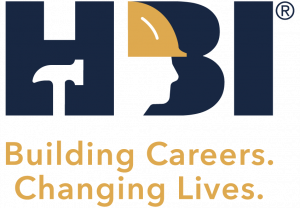 A severe lack of skilled workers and an aging workforce threaten to slow new home production, curb housing affordability, and derail the industry’s ability to stand strong amid rising recession risks to the overall economy. In fact, the construction industry needs to add 2.2 million workers over the next three years to keep up with housing demand, according to a recent
A severe lack of skilled workers and an aging workforce threaten to slow new home production, curb housing affordability, and derail the industry’s ability to stand strong amid rising recession risks to the overall economy. In fact, the construction industry needs to add 2.2 million workers over the next three years to keep up with housing demand, according to a recent A “black swan” event is an unpredictable occurrence beyond what is normally expected of a situation, often with severe consequences. While the entire educational environment was impacted by the coronavirus pandemic, Career Technical Education (CTE), which focuses on hands-on learning, was heavily impacted by this black swan event. In addition to navigating the perils of COVID-19, CTE experienced instructor shortages and concerns about the limited related work experience of those available for these positions. Though many states have relevant, standardized, industry-identified competencies, the associated curriculum must be delivered by individuals with a solid understanding of the field, which is generally based on work experience. In some cases, these concerns can result in a reduction of content depth delivered in a CTE classroom.
A “black swan” event is an unpredictable occurrence beyond what is normally expected of a situation, often with severe consequences. While the entire educational environment was impacted by the coronavirus pandemic, Career Technical Education (CTE), which focuses on hands-on learning, was heavily impacted by this black swan event. In addition to navigating the perils of COVID-19, CTE experienced instructor shortages and concerns about the limited related work experience of those available for these positions. Though many states have relevant, standardized, industry-identified competencies, the associated curriculum must be delivered by individuals with a solid understanding of the field, which is generally based on work experience. In some cases, these concerns can result in a reduction of content depth delivered in a CTE classroom.  The nature of work is evolving right before our eyes. Technological advancements are transforming existing industries and creating new ones at an unprecedented pace. The World Economic Forum predicts significant disruption in the jobs landscape over the next four years.
The nature of work is evolving right before our eyes. Technological advancements are transforming existing industries and creating new ones at an unprecedented pace. The World Economic Forum predicts significant disruption in the jobs landscape over the next four years. 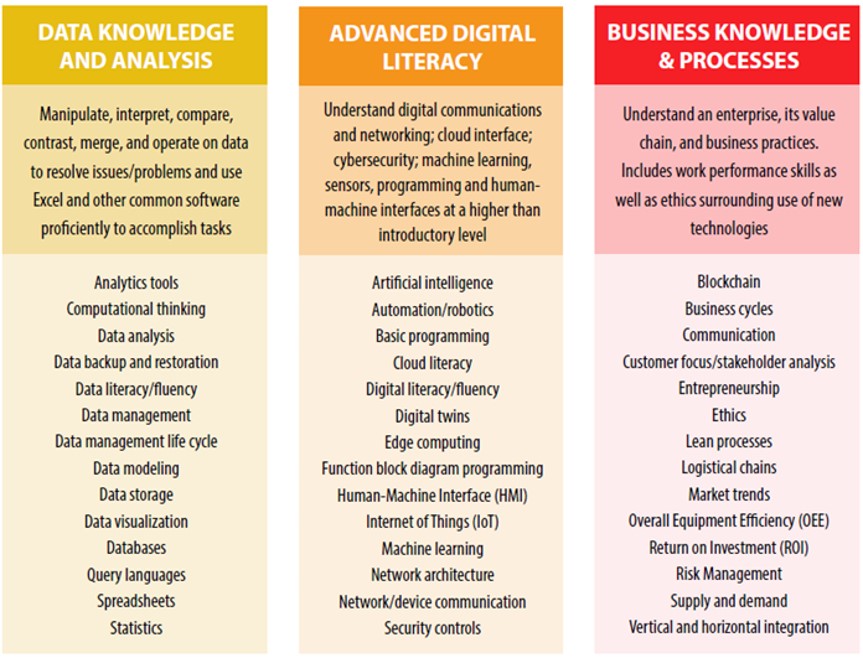
 Skills Verification in the Digital Age
Skills Verification in the Digital Age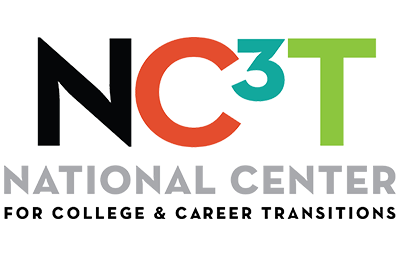 I read an article in the
I read an article in the  Even before the current pandemic, there was a welding skills gap. That could actually mean a couple of different things: It could mean there simply are not enough skilled welders to fill the welding careers available, or it could mean there is a disconnect between the skills employers are looking for and the skills applicants actually have. Either way, this gap’s existence is a real problem in the welding industry today—for both employers and job-seeking welders.
Even before the current pandemic, there was a welding skills gap. That could actually mean a couple of different things: It could mean there simply are not enough skilled welders to fill the welding careers available, or it could mean there is a disconnect between the skills employers are looking for and the skills applicants actually have. Either way, this gap’s existence is a real problem in the welding industry today—for both employers and job-seeking welders. 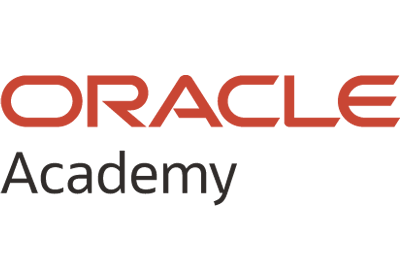 In my role, I have the opportunity to speak with education leaders at all levels―learning, sharing ideas, celebrating successes and understanding their challenges. I never miss the chance to highlight why I believe that Career Technical Education (CTE) is so important.
In my role, I have the opportunity to speak with education leaders at all levels―learning, sharing ideas, celebrating successes and understanding their challenges. I never miss the chance to highlight why I believe that Career Technical Education (CTE) is so important.